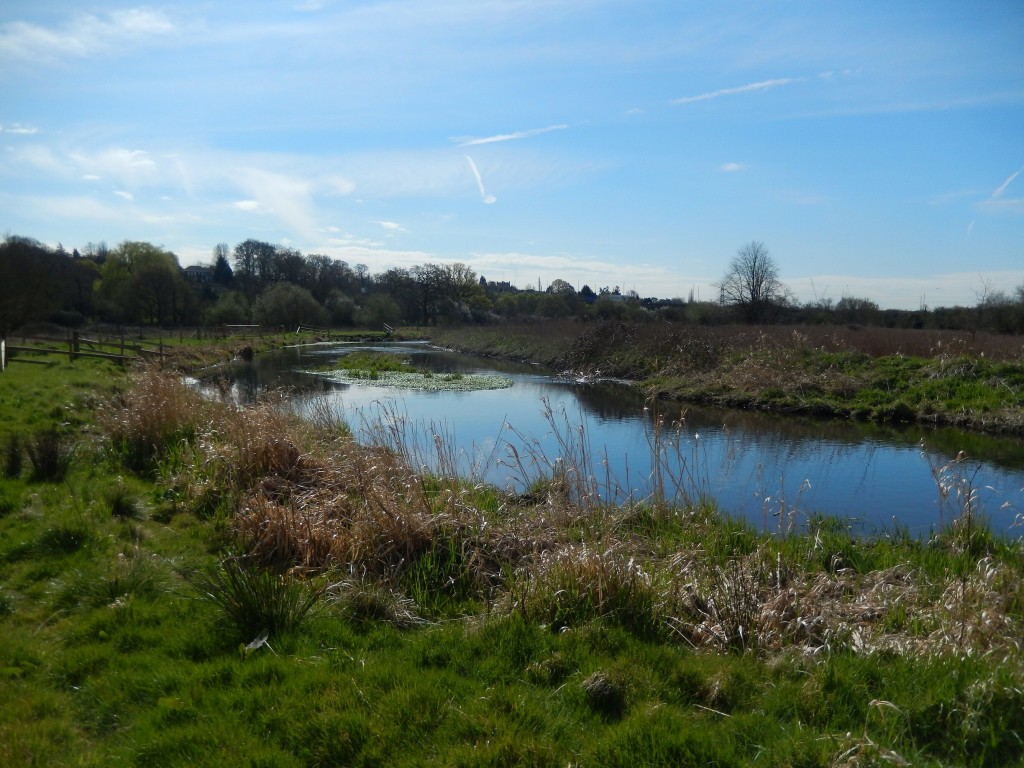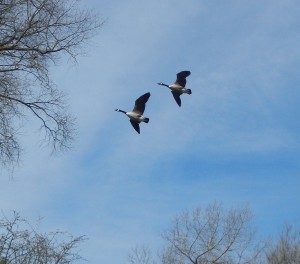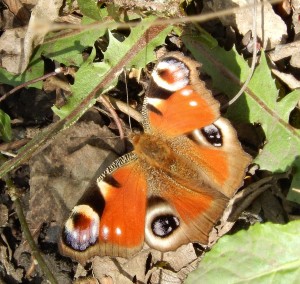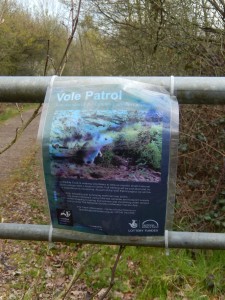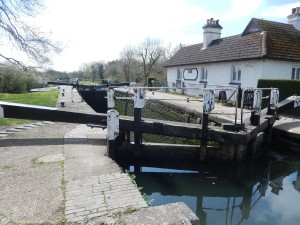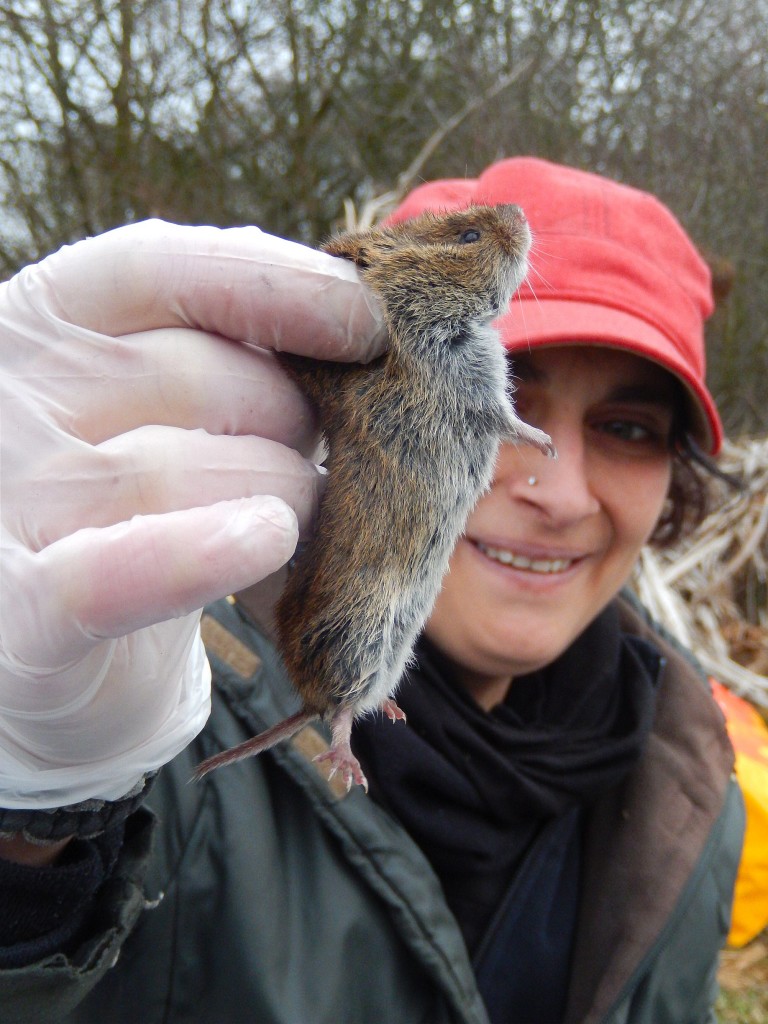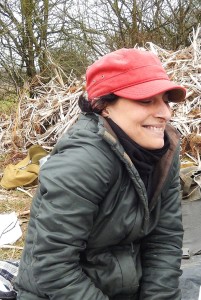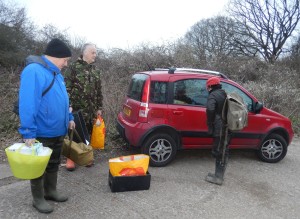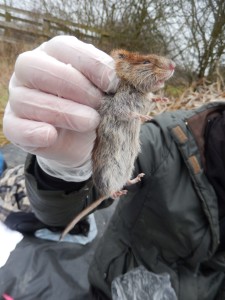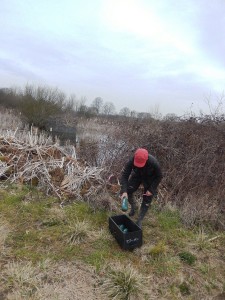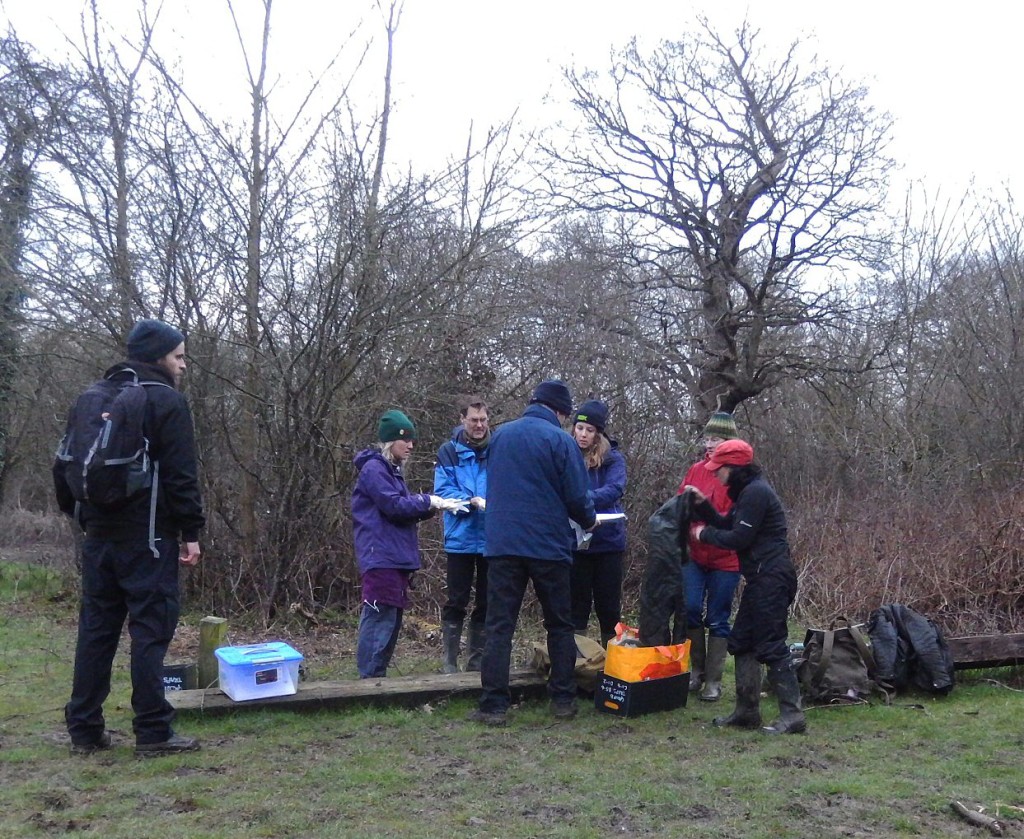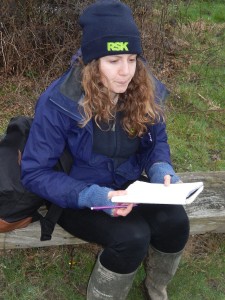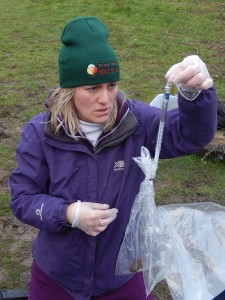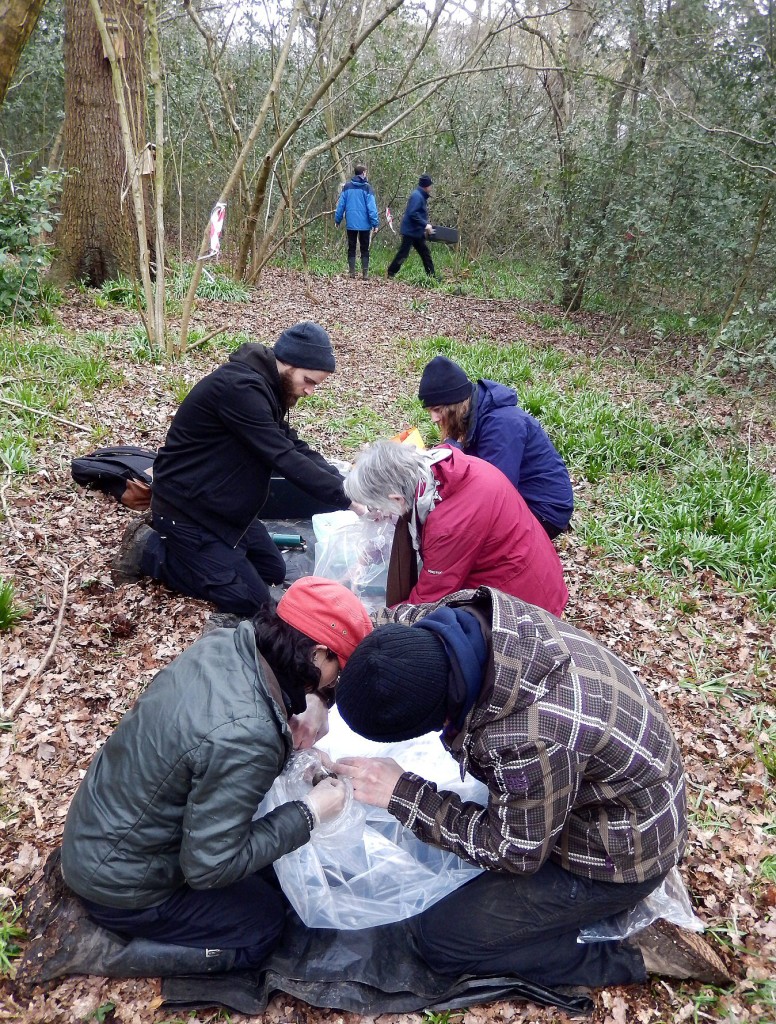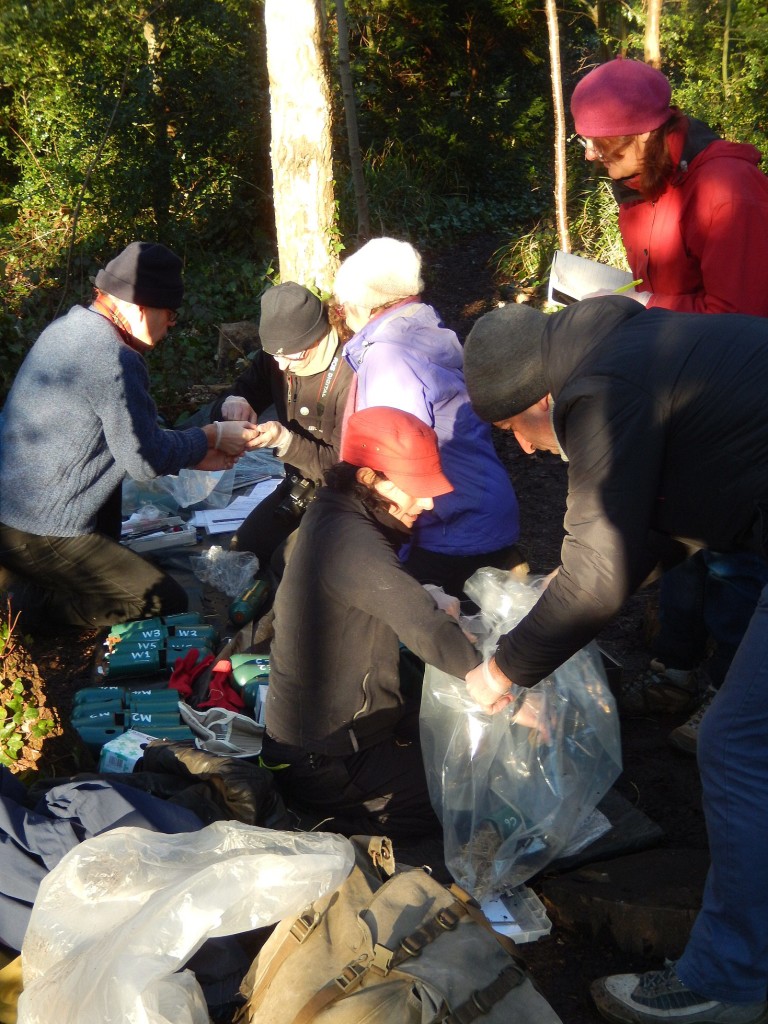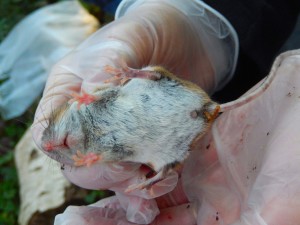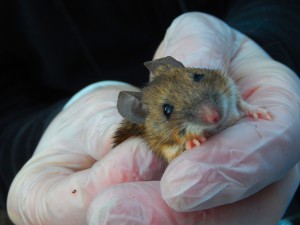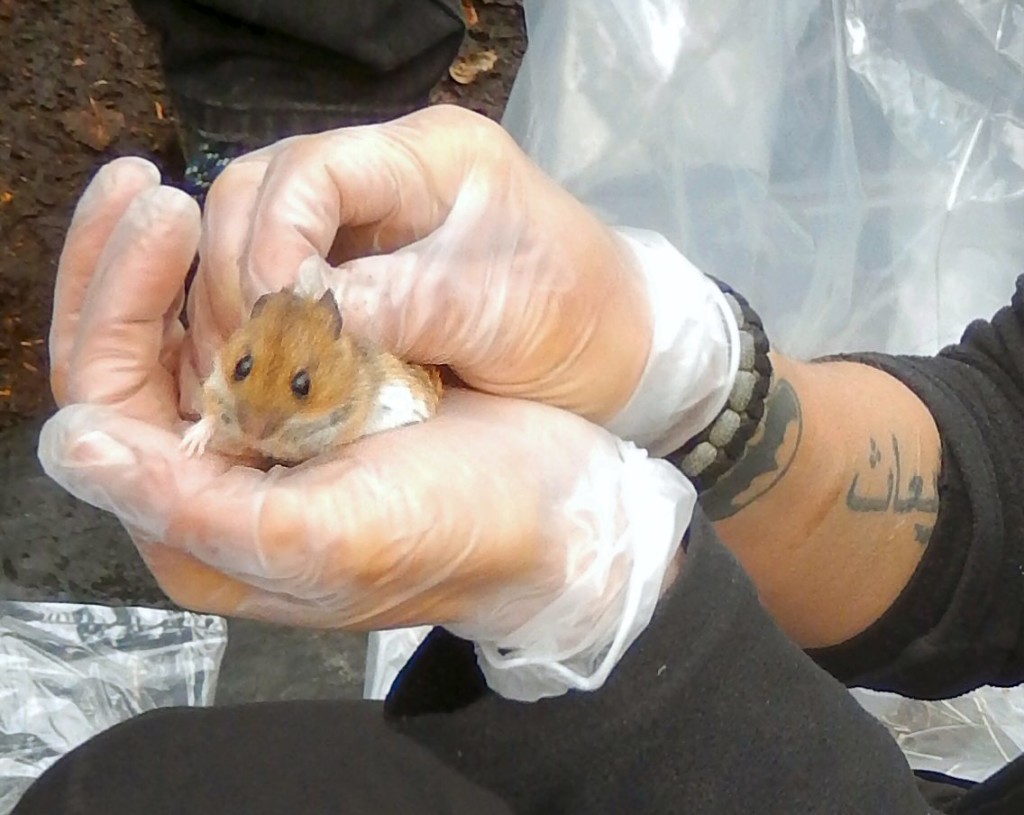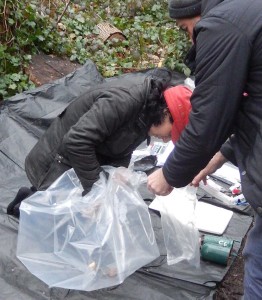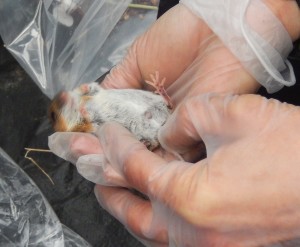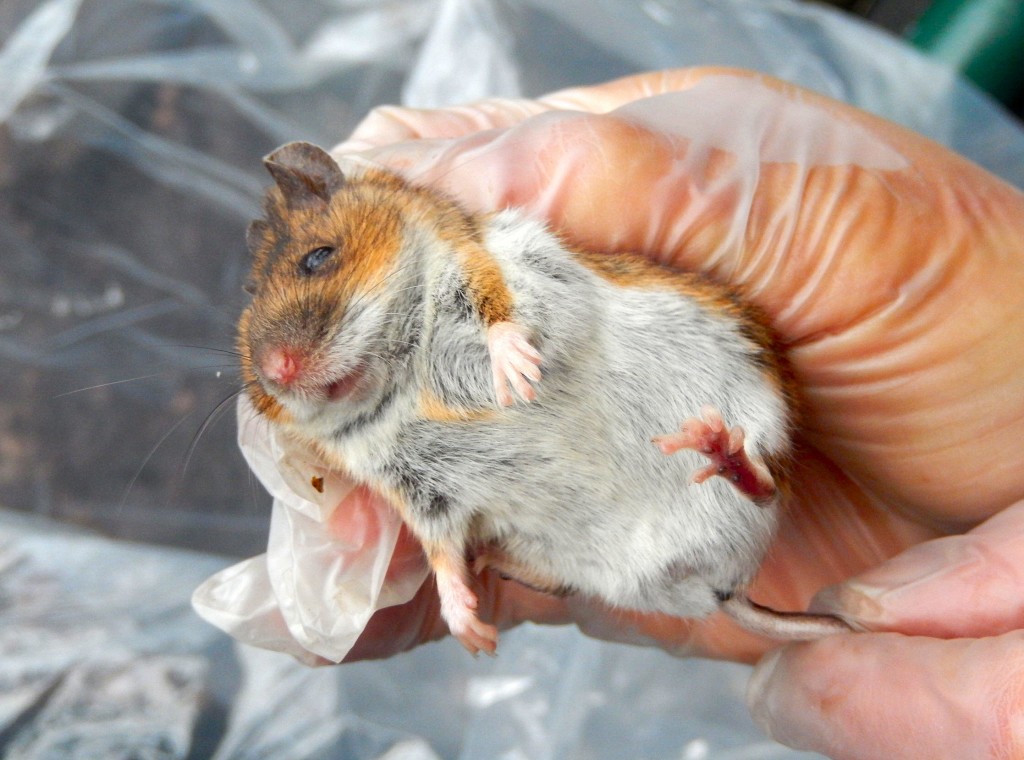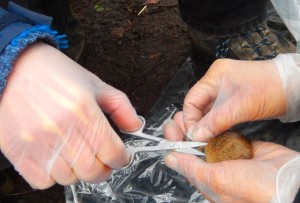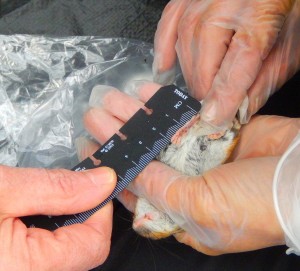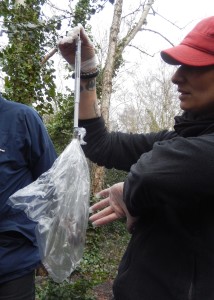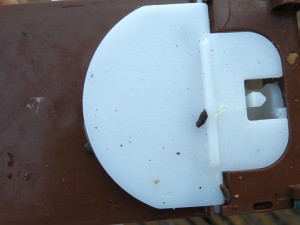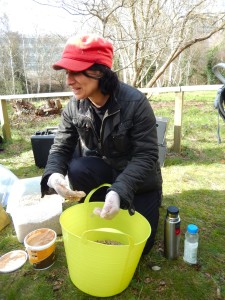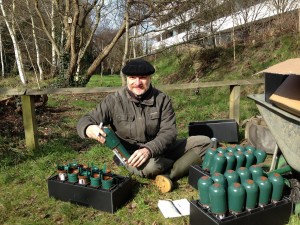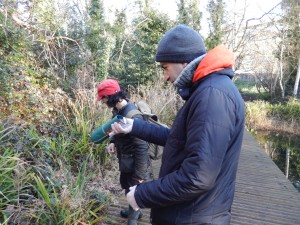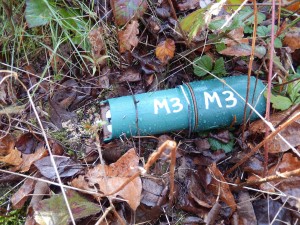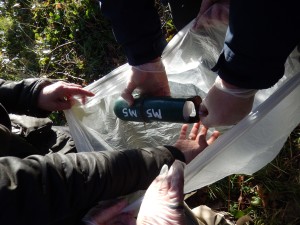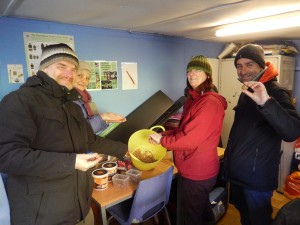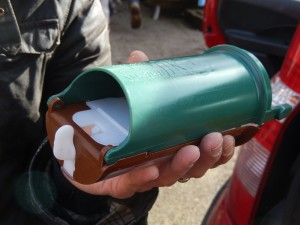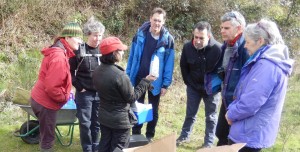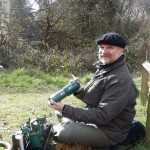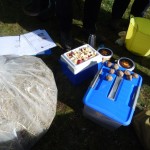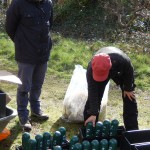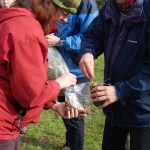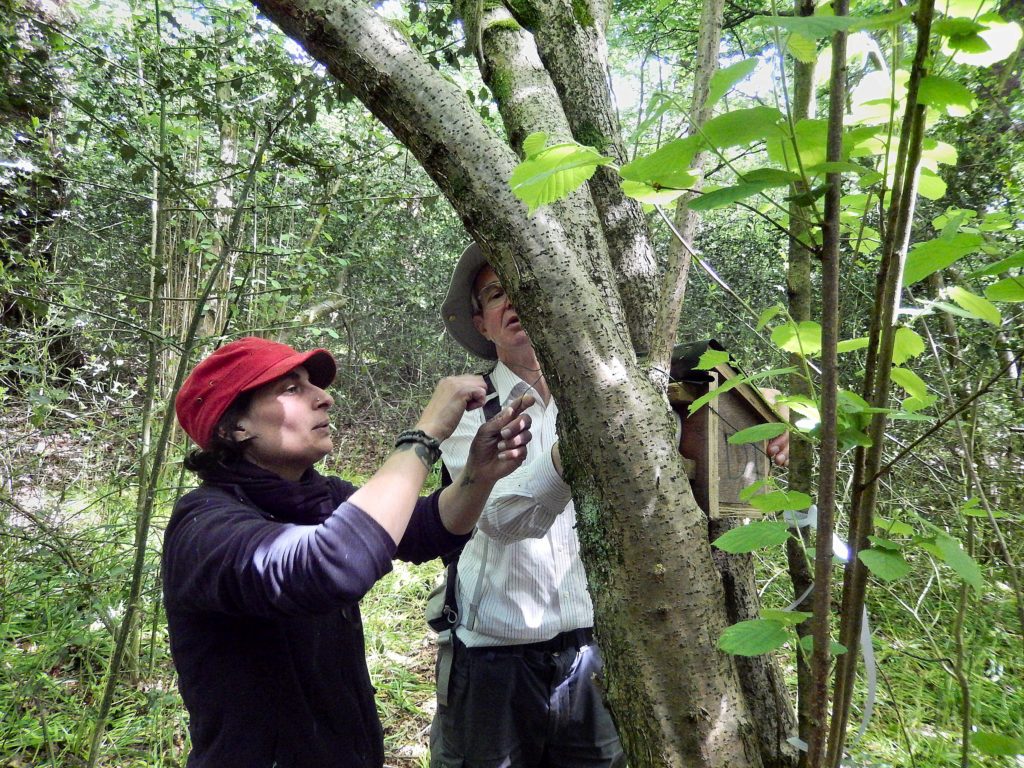
We revisited the nest tubes and nest boxes that we put up for small mammals in four of the Vole Patrol study woods a few months ago. It seems another world: bare leafless trees over chilly wet forest floor have been replaced by a thick green mantle over a mass of brambles that seem to have shot up faster than tropical bamboos and bananas (my father maintained that he could watch a banana leaf unfurling while he shaved in the hospital he was running in postwar Malaya, but I digress).
So it was a case of first case your hare, or rather, first find your small mammal box. Gunnersbury Triangle’s densest parts are pretty thick, and the nest tubes had been put up somewhat at random as the new team did its enthusiastic best on its first day of training all those months ago, followed by the brambles doing their enthusiastic best to hide all traces. We did well to locate 14 of 18 nest tubes: none of them seemed to have been used. We moved on to Perivale Wood, where stout wooden boxes like bird nestboxes had been tied to trees in a much more regular array, and we found them without too much difficulty.
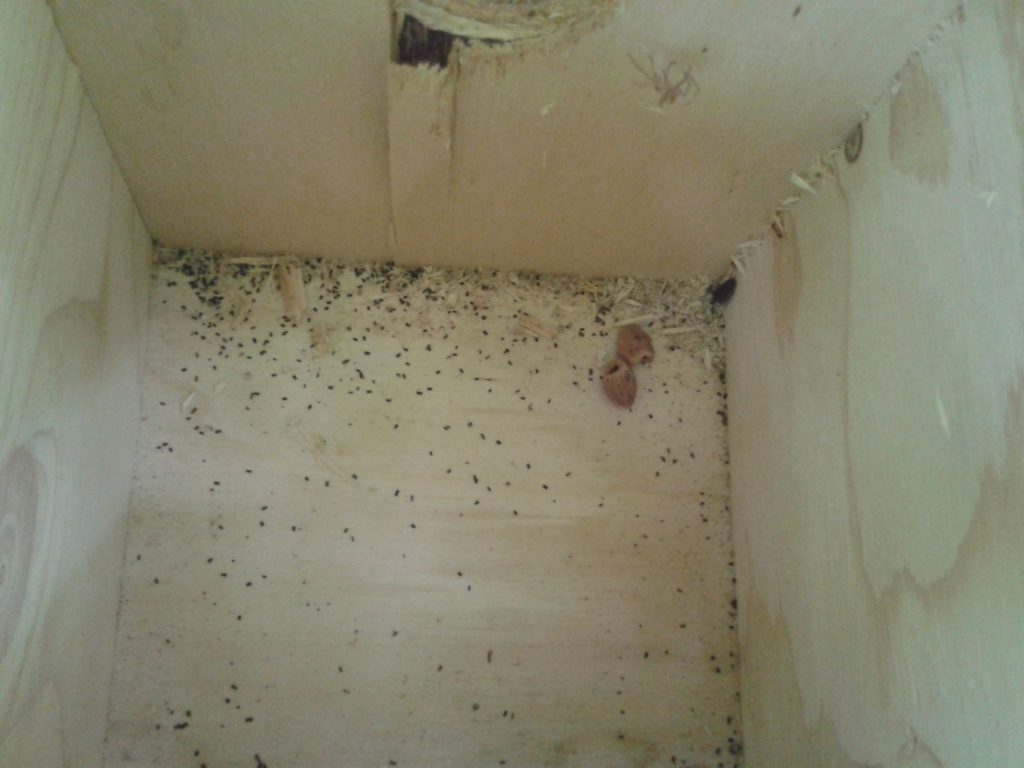
Three of the Perivale boxes were inhabited by Blue Tits, the helpless youngsters lying inside while (we suddenly realized) the alarmed but brave parents chattered excitedly outside. We closed the lids and backed off as quickly as we could. The boxes have the openings on the back to encourage mammals and discourage birds, but it’s of only limited value against sharp-sighted Blue Tits. One of the boxes had certainly been used by mammals: two hazelnuts had been opened by small teeth, their ends neatly gnawed to circular holes. I’m not certain I understand how a nut can be withdrawn through such a little hole.
Off to Tentelow wood through the grinding traffic. A game of cricket was going on in the playing fields; it was hot in the sun, a lot cooler under the canopy. The nettles were waist high, the brambles thick. It seemed impossible we would find any of the nest tubes, but we did, eventually. A Scorpion Fly perched on a bramble leaf beside the path.
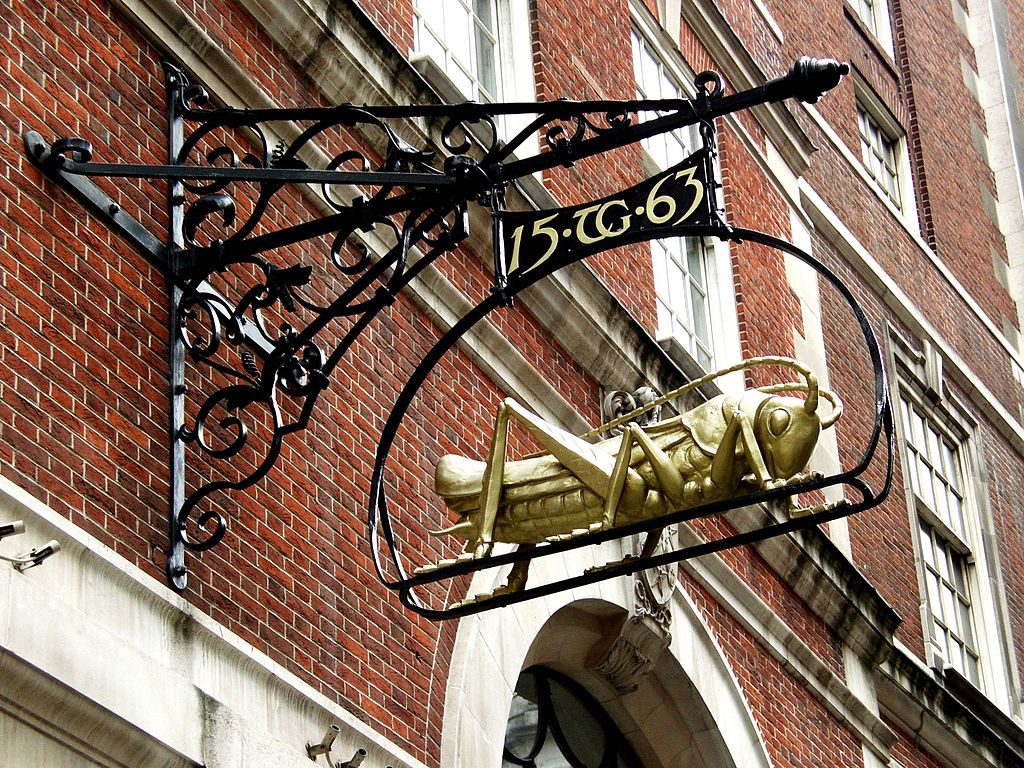
Then we drove down to Long Wood, part of Sir Thomas Gresham‘s Osterley Park estate. He liked insects enough to use a golden grasshopper as his symbol, punning on his name, which might be Grass-Ham, village in the grass. It’s a beautiful wood, coppice with fine tall straight Oak standards, a proper stream running clean through a steep-sided valley, sullied only by the continuous roar of the M4 invisible above. Chiffchaffs and Blackcaps sang above the din.
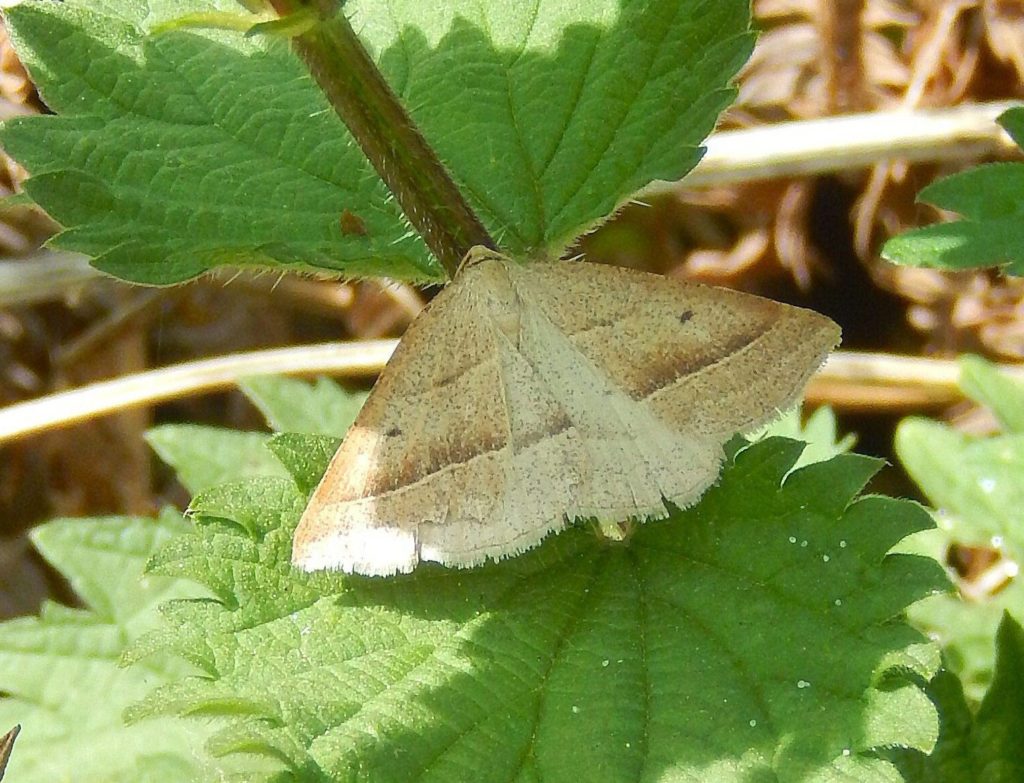
I disturbed a Brown Silver-line Moth, which flitted among the nettles and bracken. We saw Holly Blue, Speckled Wood, Large White, and Red Admiral butterflies: it looks a fine place for Purple Hairstreak too.
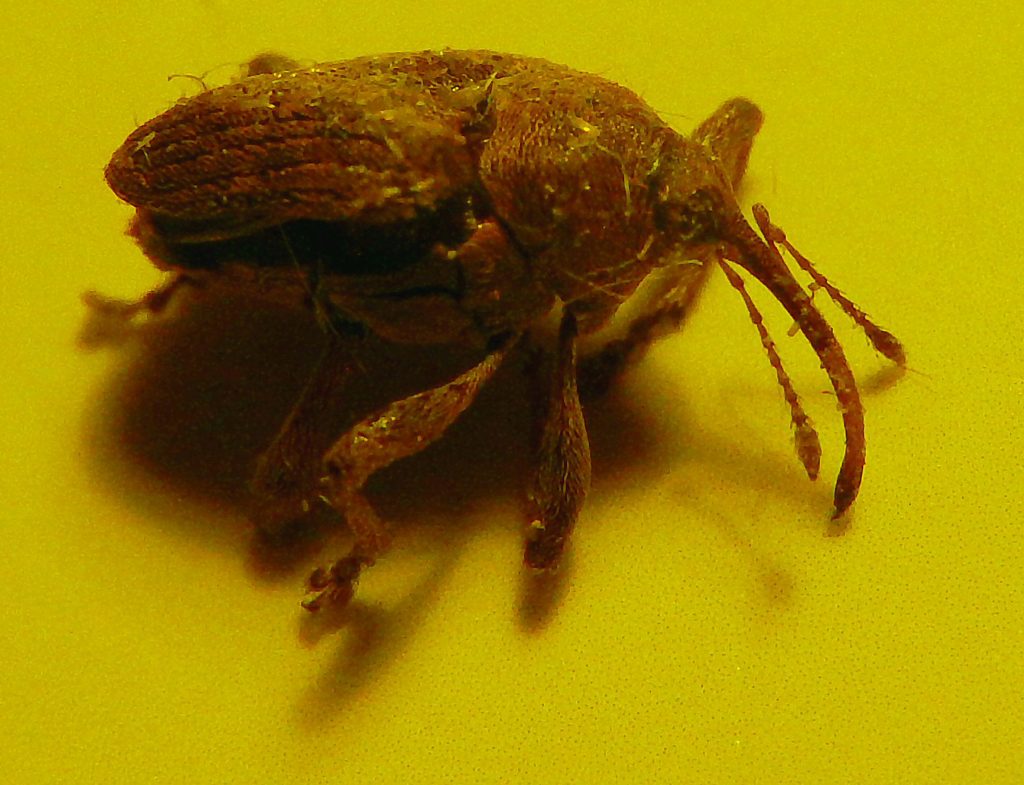
When I got home, I found this funky weevil under my shirt. It looks very much like the Acorn Weevil, presumably from one of the many Oaks I walked under.

